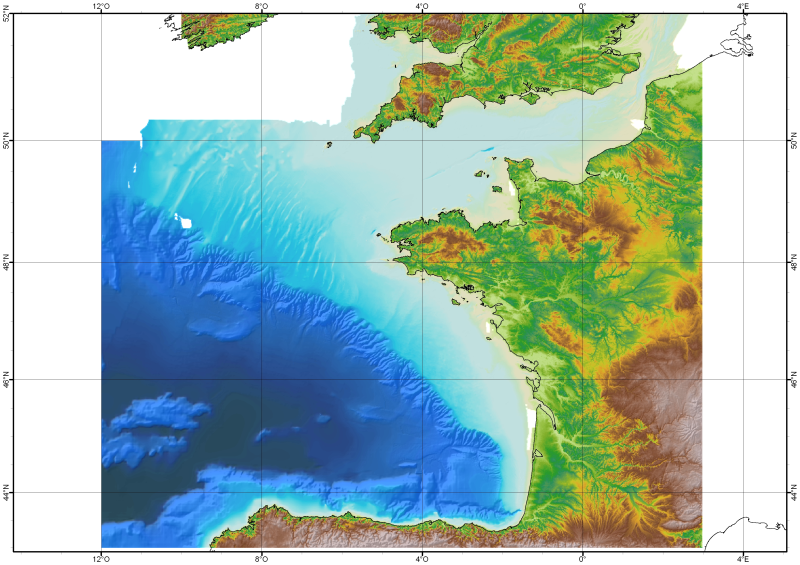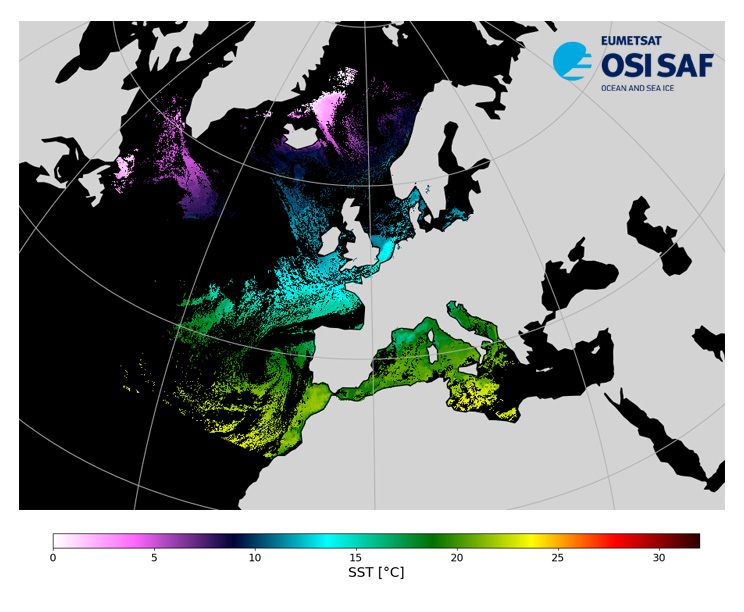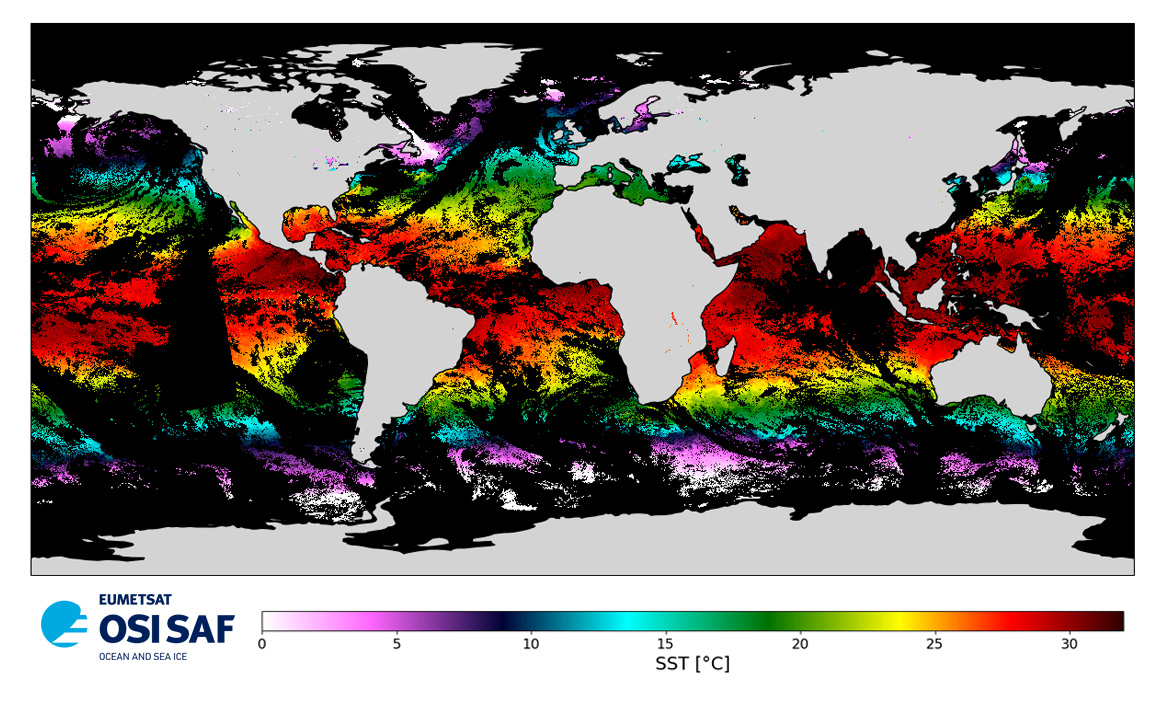2008
Type of resources
Available actions
Topics
Keywords
Contact for the resource
Provided by
Years
Formats
Representation types
Update frequencies
status
Scale
Resolution
-
Auteur(s): Lehembre Adrien , Projet de reconversion d'un bâtiment industriel situé en centre ville touristique en un centre culturel intégrant médiathèque, librairie ainsi que d'un lieu d'exposition à Bergerac (Dordogne)
-

The Digital Terrain Model of the Bay of Biscaye and of the Channel is the result of the processing of a compilation of single and multibeam echosounder data, of DTMs and of chart countours produced before 2008 for hydrodynamic modeling..
-

Level 3, four times a day, sub-skin Sea Surface Temperature derived from AVHRR on Metop satellites and VIIRS or AVHRR on NOAA and NPP satellites, over North Atlantic and European Seas and re-projected on a polar stereographic at 2 km resolution, in GHRSST compliant netCDF format. This catalogue entry presents Metop-A North Atlantic Regional Sea Surface Temperature. SST is retrieved from infrared channels using a multispectral algorithm and a cloud mask. Atmospheric profiles of water vapor and temperature from a numerical weather prediction model, Sea Surface Temperature from an analysis, together with a radiative transfer model, are used to correct the multispectral algorithm for regional and seasonal biases due to changing atmospheric conditions. The quality of the products is monitored regularly by daily comparison of the satellite estimates against buoy measurements. The product format is compliant with the GHRSST Data Specification (GDS) version 2.Users are advised to use data only with quality levels 3,4 and 5.
-

Level 3 twice-daily sub-skin Sea Surface Temperature derived from AVHRR on Metop-A, global and re-projected on a 0.05° regular grid, in GHRSST compliant netCDF format. The satellite input data has successively come from Metop-A and Metop-B level 1 data processed at EUMETSAT. SST is retrieved from AVHRR infrared channels (3.7, 10.8 and 12.0 µm) using a multi-spectral algorithm and a cloud mask. Atmospheric profiles of water vapor and temperature from a numerical weather prediction model, Sea Surface Temperature from an analysis, together with a radiative transfer model, are used to correct the multispectral algorithm for regional and seasonal biases due to changing atmospheric conditions.The quality of the products is monitored regularly by daily comparison of the satellite estimates against buoy measurements. The product format is compliant with the GHRSST Data Specification (GDS) version 2. Users are advised to use data only with quality levels 3, 4 and 5.
-
Découpage administratif de l'Arc Atlantique français (de la Bretagne à l'Aquitaine) au niveau communal
-

Enquête sur les Points d'Accès Publics à Internet en Aquitaine, 193 répondants sur 688 (= 28% de réponses). Informations disponibles pour l'ensemble des PAPI en Aquitaine : structure dans laquelle se situe le PAPI, infrastructures et équipements, fréquentation et profil du public, services proposés (initiations, accompagnement...), partenariats, accessibilité personnes handicapées...
-
Réseau d'analyses de la qualité des eaux de baignade sur des "cellules" du littoral basque entre 2007 et 2008.
-
Planisphère aux limites moins fines que celles du Fonds Cartographiques Monde 2008
-
Cartographie du bruit dans l'environnement (cartes isophones) sur la commune de Cadaujac de la CDC Montesquieu.
-
Carte Communale (CC) numérisée. Ce lot informe du droit à bâtir sur la commune de SAINT-CERNIN-DE-LABARDE. Cette CC est numérisée conformément aux prescriptions nationales du CNIG.
 Catalogue PIGMA
Catalogue PIGMA